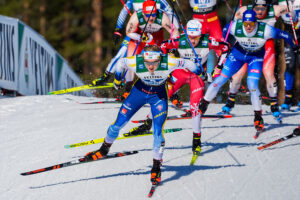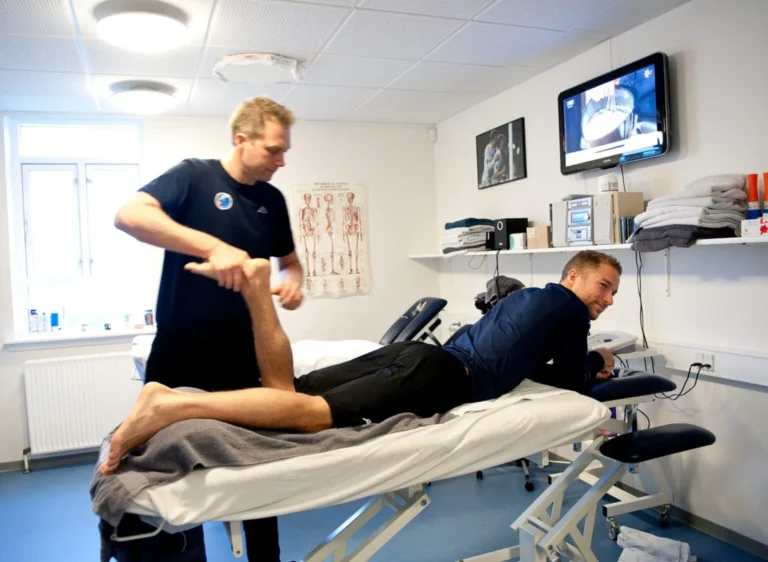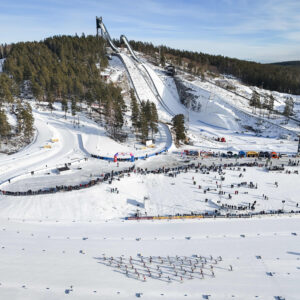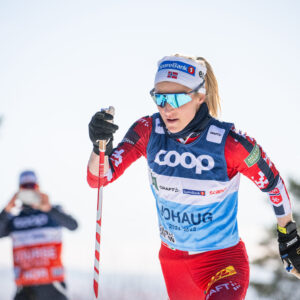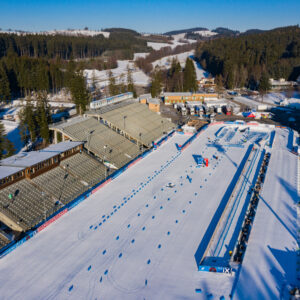How much energy does an endurance athlete need?
In endurance sports, training volumes can become quite significant, leading to increased energy consumption during exercise. This raises daily energy needs, sometimes even doubling or tripling those of an office worker. But how much energy does an athlete really need, and what happens if energy intake is insufficient? This article aims to answer these critical questions.
Energy Consumption in Endurance Athletes
According to ProXCskiing.com’s sister site Maastohiihto, endurance athletes, such as skiers, have high energy demands, though individual needs vary greatly. Training intensity and daily activities outside of training also impact energy expenditure. Each athlete’s body functions differently, affecting optimal energy intake and utilization.
Energy Balance vs. Energy Availability
In sports nutrition, “energy balance” (EB) is often used, meaning the difference between total daily energy intake and expenditure. For example, if a 70 kg athlete consumes and burns 2,500 kcal per day, they are considered to be in energy balance:
2,500 kcal – 2,500 kcal = 0 (energy intake equals expenditure)
However, energy balance doesn’t necessarily mean the body is functioning normally. It only shows equilibrium between energy consumed and burned, but doesn’t account for hormonal balance or metabolic rate. In contrast, “energy availability” (EA) is a more precise measure of whether an athlete’s energy intake supports optimal bodily function.
Also Read: Interval Training or Endurance Training – Which works better?

Energy Availability as a More Accurate Metric
Energy availability is calculated by subtracting exercise energy expenditure from total energy intake. The remaining energy is available for basic bodily functions like metabolism and hormone regulation. EA is expressed in kilocalories per kilogram of fat-free mass (FFM).
Research suggests that an EA of at least 45 kcal/kg FFM is sufficient. An EA between 30–45 kcal/kg FFM is inadequate, and anything below 30 kcal/kg FFM is considered critically low.
For example, a 70 kg athlete with 15% body fat has 59.5 kg of FFM. Their minimum EA requirement would be:
EA = 30 kcal/kg FFM × 59.5 kg = 1,785 kcal/day
This 1,785 kcal must be covered on top of exercise-related energy expenditure.
The Consequences of Low Energy Intake
If the same athlete eats 2,500 kcal/day but runs 20 km, burning 1,400 kcal, their EA would be:
EA = (2,500 kcal – 1,400 kcal) / 59.5 kg FFM = 18.5 kcal/kg FFM/day
This is well below the recommended threshold despite the athlete not losing weight. This highlights the key difference between energy balance and energy availability. The athlete may seem balanced by weight but could still suffer from a slowed metabolism due to insufficient energy.
To achieve the recommended EA of 45 kcal/kg FFM, the athlete would need to consume 4,080 kcal/day, assuming a daily run of 20 km.
Read More: VO2max – Who has the highest values in history?

Hormonal Effects of Low Energy Availability
An EA below 30 kcal/kg FFM can disrupt hormonal balance, affecting energy metabolism, bone health, and overall performance. Negative effects include reduced basal metabolic rate and declines in hormones like leptin, insulin-like growth factor-1, active thyroid hormone T3, and sex hormones. In women, this can lead to menstrual irregularities.
Low energy availability also raises stress hormone cortisol and cholesterol levels. Female athletes are at higher risk of developing the Female Athlete Triad, leading to osteoporosis and increased risk of stress fractures.
How Much Energy Is Needed?
For optimal performance, athletes should aim for an EA of 45 kcal/kg FFM. Knowing your fat-free body mass and estimating exercise-related energy expenditure allows for accurate energy intake calculations:
Optimal EA = (45 × FFM) + Exercise Energy Expenditure
For example, a 50 kg woman with 17% body fat running 10 km daily would need:
(45 × 41.5 kg FFM) + 500 kcal = 2,368 kcal/day
Conclusion
Athletes must carefully calculate their energy needs to ensure optimal performance and long-term health. Coaches and athletes should regularly assess energy intake and adjust accordingly.
Written by: Ida Heikura & Teemu Virtanen
Sources:
- Hilton et al. 2000. Am J Physiol Endocrinol Metab 278, E43-49.
- Loucks et al. 2011. J Sports Sci 29 (S1), S7-15.
- Melin et al. 2014. Scand J Med Sci Sports. In press.
Are you interested in nutrition and training for cross-country skiing? Click HERE and read more about it.



